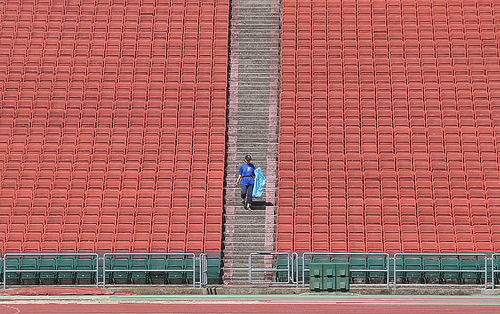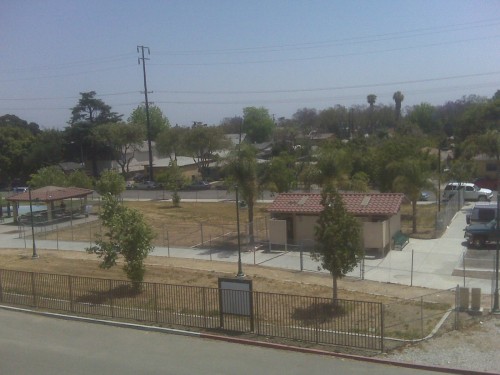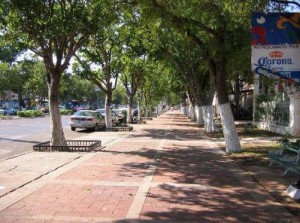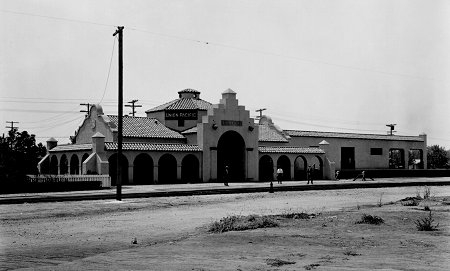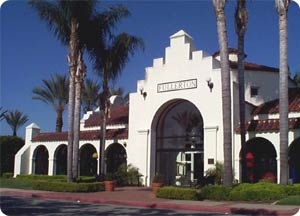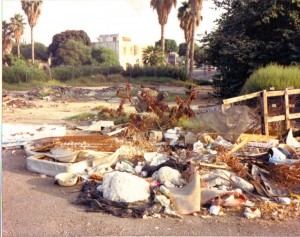It’s a sad truth that government projects just don’t seem to have much accountability. There are always lots of impressive titles handed out, but nobody ever seems to have a grip on what’s going on.

Take the NOCCCD Football field-to-stadium sleight-of-hand that took place at FJC. Somehow a project was altered without any policy review, CEQA documentation, or public notification. It only became a problem when neighbors found out about the deception and loudly protested. Who approved these changes? And who is this person’s boss? We’d like to find out who is responsible for the now very expensive and increasingly embarrassing switcheroo.
And let’s not forget the so-called Oversight Committee – a group of individuals who were either kept in the dark or who had their eyes closed. It’s hard to find anybody who really takes these committees seriously, except perhaps voters who are persuaded by the Bond Salesmen that the committee will actually ensure some sort of accountability for the public’s hundreds of millions of dollars. Nevertheless, there they are, and so they have a responsibility to the public.
In June of 2005, the Chamber of Commerce’s Executive Director, Thresa Harvey was appointed to the North Orange County Community College District Citizens Bond Oversight Committee as a representative of a “taxpayer group.” We’re not sure what a taxpayer group is since we all pay taxes (well most of us, anyway). In any case it was and is her job to comprehend what’s going on with the bond revenue projects. Was she misled? Did she even know what was going on?
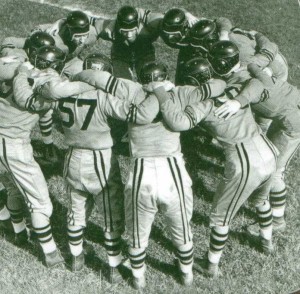
Things have gotten to the point where even Fullerton’s City Manager Chris Meyer has produced a letter claiming the stadium violates the City’s General Plan, and the City is demanding an EIR. This is doubly ironic, since he routinely attends Chamber of Commerce Board meetings where Harvey can usually be found; and also because the City has been signally deficient when in come to CEQA compliance of its own favored projects.
But, to return to our main story: Who is accountable for this gridiron fiasco? Will we ever know? Probably not. But in the meantime the NOCCCD is facing the increased likelihood of an amended EIR for their stadium and some fancy footwork in the backfield if they want to build it.
